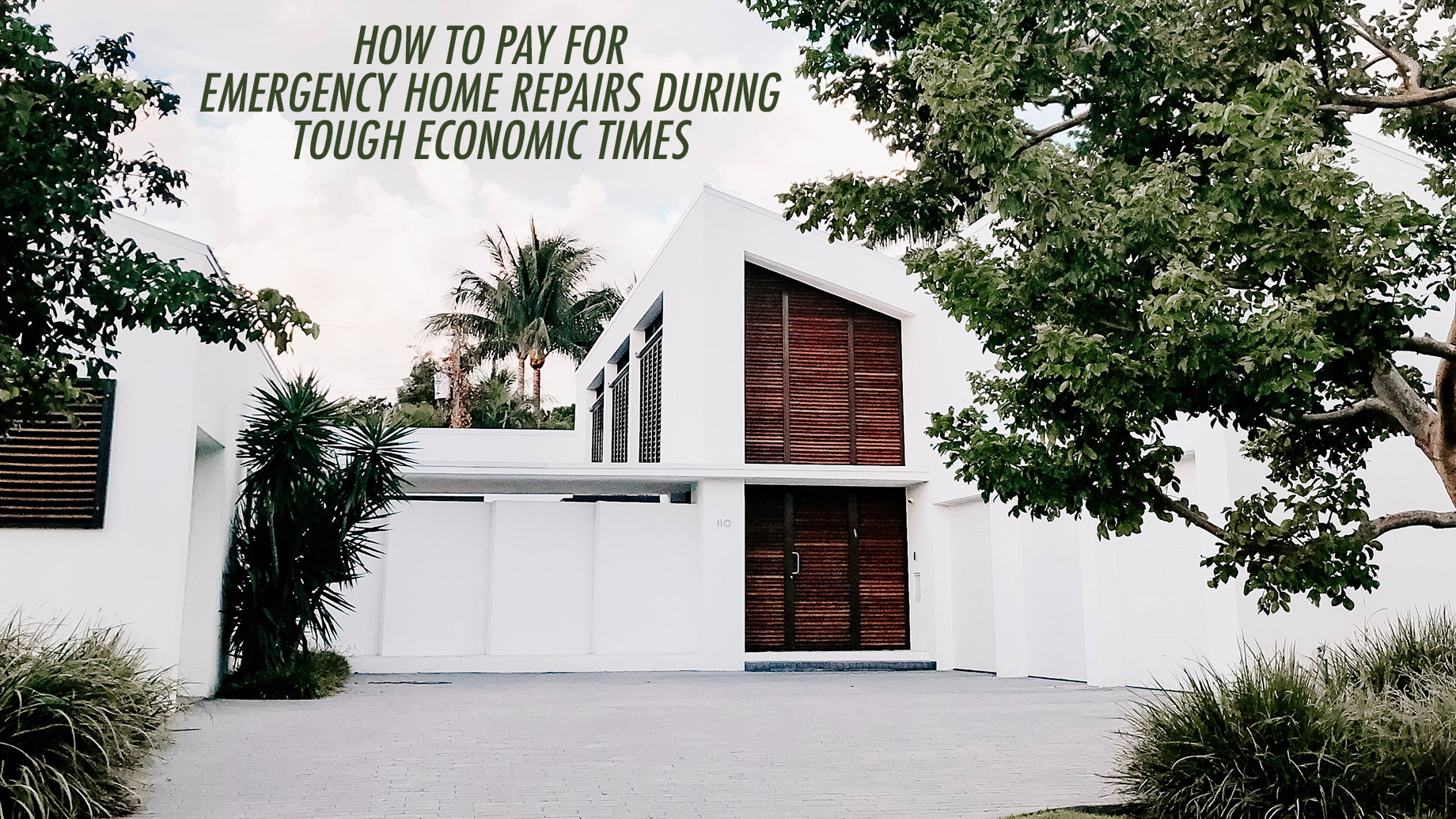
Ah, the joys of homeownership — leaking toilets, a wheezing AC unit, and a roof you can see through on a sunny day. No one told you that owning a house is a job by itself, especially when it comes to home repairs.
If you’re not handy, you may have researched the cost of emergency house repairs and decided it wasn’t such an emergency, after all.
A Business Wire survey found that 52%of households with incomes under $50,000 a year have no money set aside for repairs on their homes. Unfortunately, 54% experienced a need for emergency repairs in the last year.
So, what do you do when something goes really wrong? Do you know how to pay for home repairs when you have nothing saved, and you’re basically broke?
Homeowners Insurance and Warranty Claims
First, make sure you aren’t already covered. In some cases, emergency repairs may be covered by your home insurance policy. If a storm or other catastrophic event damages your home, check with your insurance company.
Likewise, home warranty plants may cover a home repair involving appliances and utility systems. If you have such a plan, make sure you contact them regarding your coverage.
Home Equity Line of Credit Loans
A home equity line of credit (HELOC) will allow you to draw on the equity of your house to pay for emergency home repairs. It does put your ownership at risk since the loan uses your home as collateral. However, if the emergency has left your home uninhabitable, it may be your best option.
Government Loans for Home Repairs
If you don’t have equity but still need home repair loans to fix your house, several government programs may help.
A Title 1 Property Improvement Loan from the Department of Housing and Urban Development can help cover up to $25,000 in repairs as long as you’ve lived there at least 90 days.
If you live in a rural area, you can take a look at the Section 504 Home Repair program from the U.S. Department of Agriculture. This loan provides funds to low-income families and grants to homeowners over 62.
For major renovations, you can even consider an FHA 203(k) loan. This program from the Federal Housing Authority will help you refinance your home along with the cost of repairs.
A Limited 203(k) Rehabilitation Loan will allow you to borrow up to $35,000 for emergency home repairs, upgrades, and improvements.
Personal Loans for Emergency Repairs
Unfortunately, if you’re dead broke, you may not have the credit rating your need to refinance. You may also prefer not to put your home at risk.
For smaller emergency repairs, consider online personal loans with reasonable terms. Best of all, they don’t’ require a lengthy approval process. If your AC is shot or water heater has died, you don’t want to wait weeks to refinance your home.
Shop around for online loan providers to see how they can help with home repair loans that will get you back to normal as soon as possible.
Time to Start an Emergency Fund
Even if it seems impossible now, make a plan to start a fund for home repairs after your current situation is resolved. Motley Fool recommends about $5,000 based on the average cost of emergency repairs.
And while you’re fixing up your home, why not upgrade for better resale value. For inspiration, check out our design section for ideas on how to add interior updates during home repairs to add value to your property.